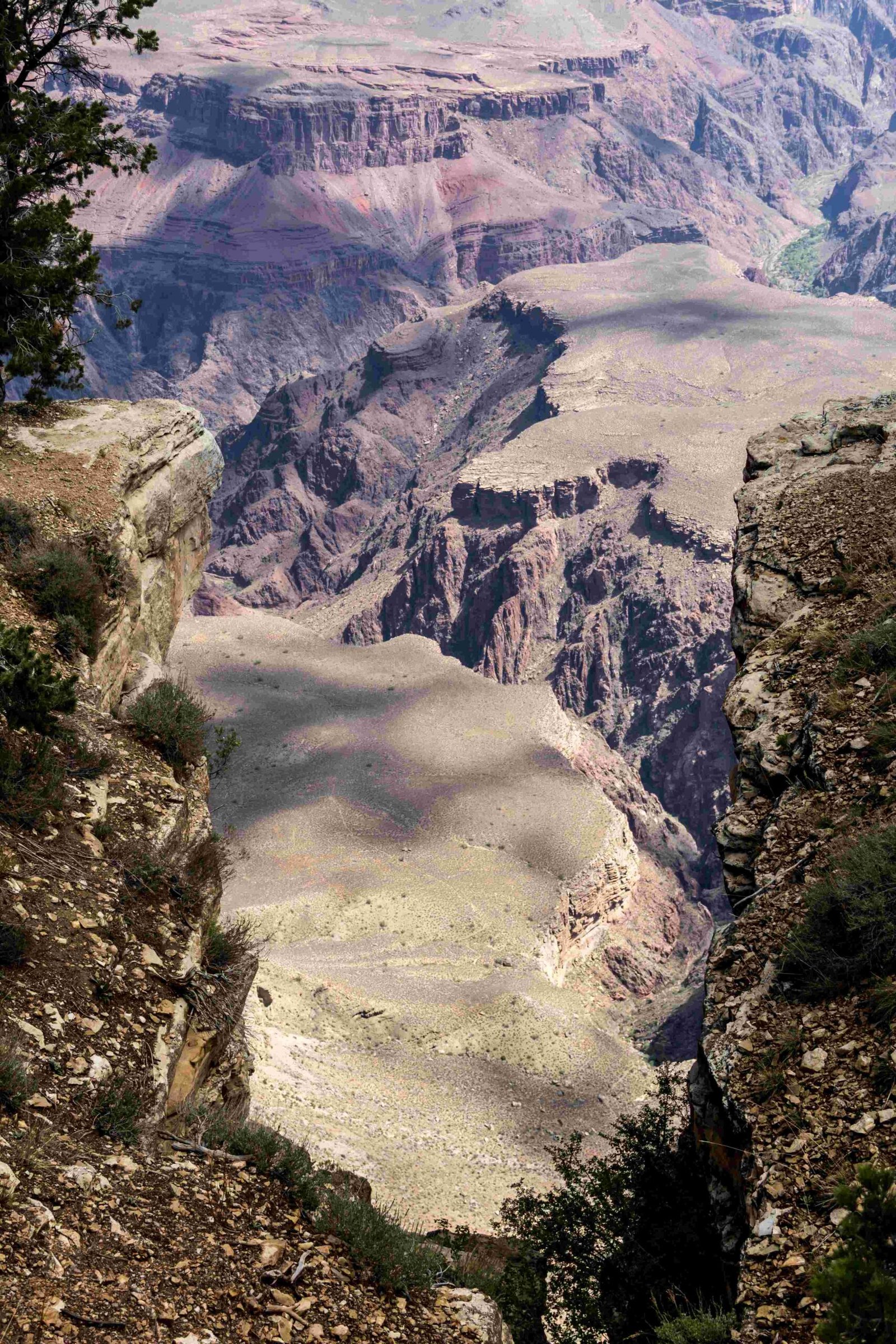The Grand Canyon Trail Roy Rogers represents a fascinating intersection of cinematic history and breathtaking natural landscapes, where the legendary western actor Roy Rogers transformed the rugged terrain into a backdrop for classic storytelling and adventure. This exploration delves into the intricate relationship between the iconic cowboy and the majestic Grand Canyon, revealing how film and geography intertwined during the golden age of western cinema.
What Makes Roy Rogers Connected to Grand Canyon Trails?

Roy Rogers, known as the “King of the Cowboys,” frequently utilized stunning southwestern landscapes in his films, with the Grand Canyon serving as a spectacular natural set for numerous western productions. While no specific trail bears his official name, his cinematic legacy profoundly influenced how audiences perceived these remarkable landscapes.
Historical Context of Western Filmmaking
| Year | Film | Location Significance |
|---|---|---|
| 1948 | Grand Canyon Trail | Filmed near Grand Canyon regions |
| 1950 | Trigger films | Showcased southwestern landscapes |
| 1955 | Later western productions | Highlighted natural terrain |
Why Did Roy Rogers Choose Grand Canyon Landscapes?
The Grand Canyon offered filmmakers like Roy Rogers several unique advantages:
- Dramatic Terrain: Steep cliffs and expansive vistas
- Natural Lighting: Exceptional cinematographic conditions
- Authentic Western Atmosphere: Genuine southwestern environment
- Minimal Production Design Requirements: Landscape itself served as backdrop
How Did Roy Rogers Impact Western Cinema Representation?

Roy Rogers transformed western film narratives by:
- Presenting authentic landscape representations
- Highlighting indigenous terrain characteristics
- Creating romanticized yet realistic portrayals of southwestern environments
- Inspiring future generations of filmmakers and outdoor enthusiasts
Geographical Significance of Grand Canyon in Western Films
The Grand Canyon’s geological formations provided:
– Natural stunt locations
– Dramatic scene backdrops
– Authentic representation of western expansion narratives
What Technical Challenges Existed in Filming?
Filming in the Grand Canyon presented multiple challenges:
– Extreme temperature variations
– Challenging terrain navigation
– Limited technological capabilities
– Complex logistical arrangements
Roy Rogers’ Filming Techniques
- Utilized multiple camera angles
- Employed local guides and experts
- Respected environmental conditions
- Minimized landscape disruption
Cultural Impact of Roy Rogers’ Grand Canyon Films
Roy Rogers’ films did more than entertain; they:
– Introduced national landscapes to broader audiences
– Promoted western heritage
– Documented historical landscape appearances
– Created lasting cultural imagery
Legacy and Preservation
Rogers’ films contributed significantly to:
– Tourism promotion
– Conservation awareness
– Cultural documentation of southwestern landscapes
Conclusion
The Grand Canyon Trail Roy Rogers represents more than a cinematic journey—it symbolizes a profound connection between human storytelling and magnificent natural landscapes. Through his films, Roy Rogers immortalized the Grand Canyon’s breathtaking beauty, inspiring generations to appreciate both cinematic artistry and natural wonder.
Pro Tip: While no specific “Roy Rogers Trail” exists, visitors can explore similar landscapes featured in his films through established Grand Canyon hiking routes.
Quick Facts
- Primary Filming Location: Grand Canyon adjacent regions
- Key Films: Grand Canyon Trail (1948)
- Landscape Significance: Authentic western representation
Reference:
– National Park Service – Grand Canyon
– Roy Rogers Museum
– Western Film History Archive

